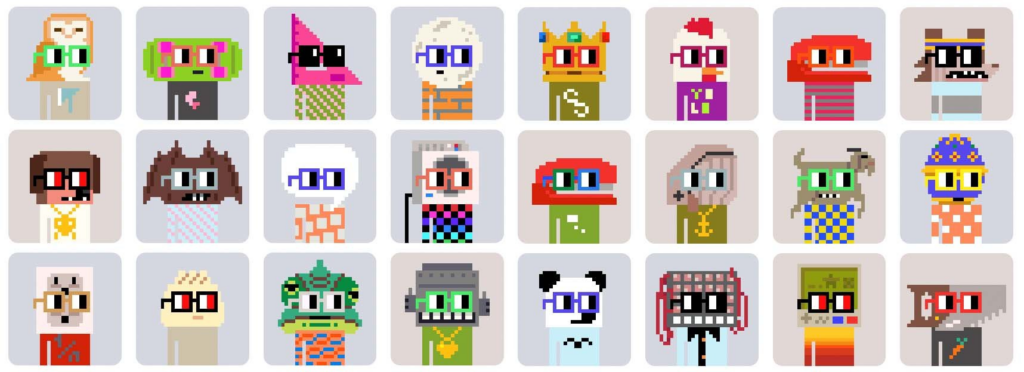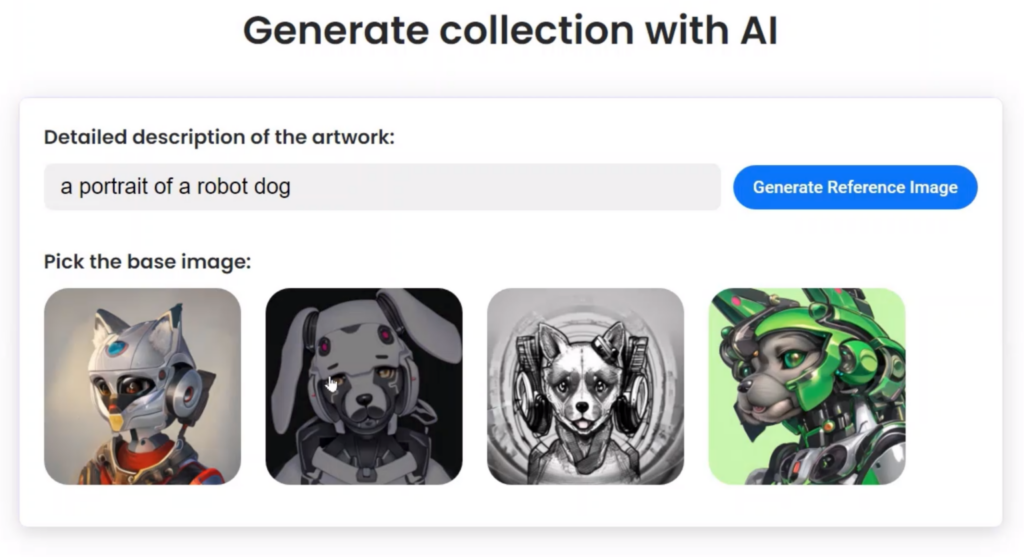In the rapidly evolving world of non-fungible tokens (NFTs), understanding the intellectual property (IP) rights associated with these digital assets is crucial. This article will provide an overview of the copyright and trademark laws as they relate to NFTs and explore the different rights granted to NFT buyers in various projects.
Copyright and Trademark Laws in the NFT Space
When it comes to NFTs, the two most applicable laws are copyright and trademark. Copyright law aims to protect original works of authorship, such as books, images, videos, and music. On the other hand, trademark law safeguards words, logos, or short phrases that signify a source of origin.
Trademark issues have long been relevant in the digital realm, as brands strive to protect their names and logos. However, copyright law has gained more attention with the rise of NFTs, as the digital works linked to these tokens often qualify as copyrightable works of authorship.
Rights Granted to NFT Purchasers
When you buy an NFT, the rights associated with the digital work often remain unclear unless a formal grant of rights exists. To date, three main models have emerged:
- Personal, non-commercial use rights: In this model, purchasing an NFT grants you no IP rights in the underlying work, aside from using it for personal, non-commercial purposes. NBA TopShot is an example of a project that follows this model.
- Limited commercial rights: Some projects, particularly those involving profile picture NFTs, believe that not granting commercial rights contradicts the ethos of Web3 and decentralization. Therefore, they provide commercial rights to the artwork associated with the NFT. Examples include Bored Apes and Doodles. However, these rights can vary in scope, with some projects imposing limitations on commercial use or earnings.
-
Public domain: In this model, the artwork is available for anyone to use, as seen with NounsDAO.

Transferring Rights During Resales
When it comes to reselling NFTs, the conveyance of rights largely depends on agreements. In the absence of an agreement, no rights are transferred. Typically, primary sales involve clicking an “I agree” button, but these terms often don’t travel with the NFT in secondary sales. This can result in ambiguity regarding the rights associated with the NFT.
Tips for NFT Purchasers
Given that every NFT project offers different commercial rights (with some not offering any), buyers should carefully review the terms and conditions of each project and marketplace. These documents contain crucial information about limitations, restrictions, and risk assumptions that impact the value and usability of the purchased NFT. By staying informed, buyers can make more educated decisions and avoid potential legal issues in the ever-expanding world of NFTs.
AI Art for larger NFT Collections
If you’d like to learn about getting early access to an AI NFT Generator for a larger collection of unique artwork, rather than a one-of-one profile picture, for your community or brand – register your interest here.

Got any questions?
If you need help or just want to discuss some cool ideas, feel free to join the AutoMinter discord! You will become part of a vast community of creators, developers, and entrepreneurs; gaining access to valuable knowledge and resources.



